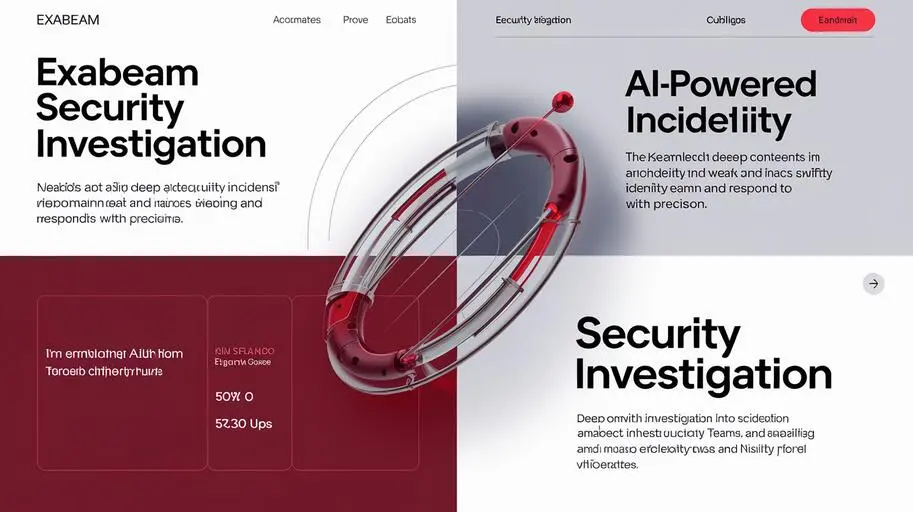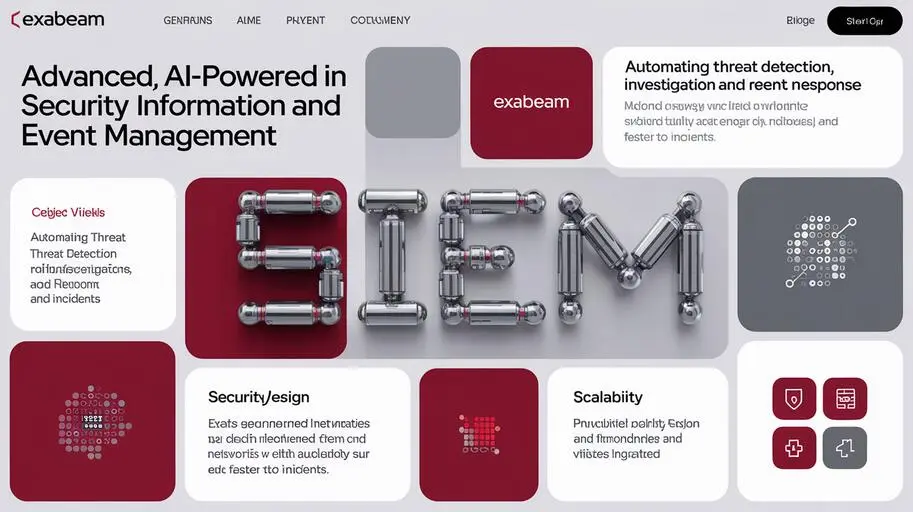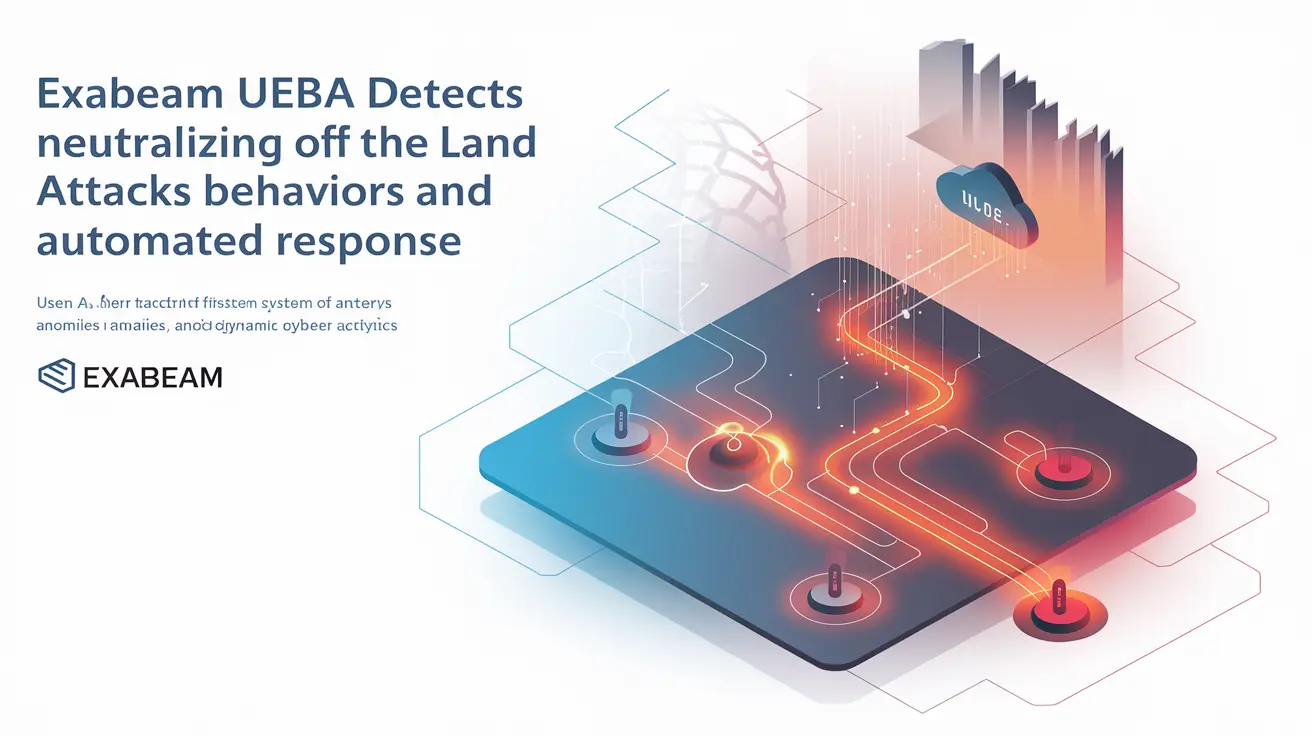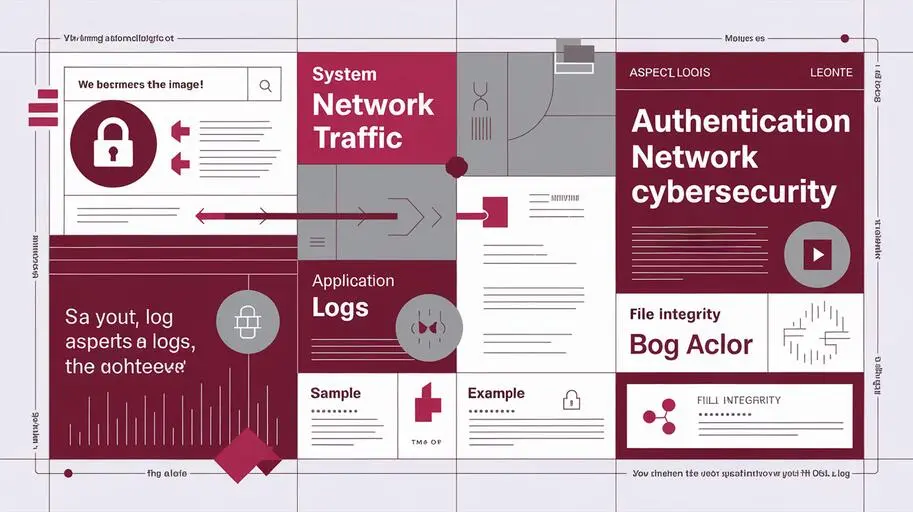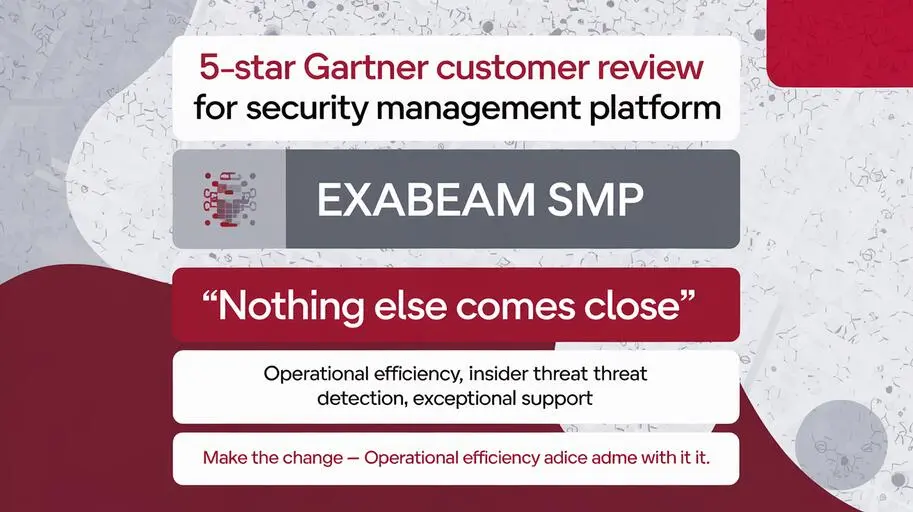
Phishing has long been a go-to tool for cybercriminals — a cheap and effective tactic based on a simple truth: people can be deceived. However, as technology evolves, so do the tools of attackers. With the rise of generative artificial intelligence (AI), we’re not just witnessing the evolution of phishing — but a full-blown transformation of the threat landscape.
Website Cloning Just Got Easier
Previously, creating a convincing copy of a legitimate website required technical skills: copying images, analyzing styles, setting up layouts, and debugging JavaScript. It was possible, but time-consuming.
Today, tools like same.new automate this process in seconds. The platform replicates the layout, color palette, fonts, images, links — even client-side code. The result is an almost identical clone of the original site, hard to distinguish even with a close inspection.
Injecting Malicious Code: Easier Than Ever
Once the cloned site is ready, attackers need minimal effort to make it harmful. Generative AI can:
- Create fake login forms to steal credentials
- Embed malware or exploits into downloadable resources
- Generate convincing error messages that redirect users to fake “support services”
- Insert JavaScript to steal session tokens, cookies, or bypass multi-factor authentication
These modifications don’t require deep programming knowledge — attackers simply describe their goal, and AI writes the code.
Social Engineering, Evolved
Phishing is not just about technology — it’s about psychology. Previously, crafting convincing emails required writing skills and behavioral insight. Now, generative AI takes over.
Need a phishing email in perfect English, French, or Farsi? Done. Want it to mimic your CEO’s writing style? Easy. Need personalization with names, departments, or internal projects from LinkedIn or data leaks? AI handles that with astonishing accuracy. Thanks to automation, this can now happen at scale — hundreds or thousands of unique emails, each tailored to a specific recipient without clear phishing signals.
Targets: From Banks to Power Grids
While many phishing attacks still target individuals — especially to steal banking credentials or Microsoft 365 accounts — attackers increasingly aim at infrastructure, critical systems, and industrial controllers.
Imagine an HMI (human-machine interface) controlling water or electricity supply at a small utility provider. If that web interface can be cloned (and often it can), an attacker can intercept a legitimate login attempt and gain access to real systems.
The Real Threat: Speed, Scale, and Sophistication
The danger lies not in individual capabilities but in their combination:
- Speed: What once took days or weeks now takes minutes
- Scale: A single attacker can launch thousands of unique campaigns simultaneously
- Sophistication: AI fills in the gaps — grammar, code, design, even voice
Phishing is no longer an amateur endeavor. It’s professional-grade — and AI is rewriting the rules of the game.
What’s Next?
Awareness is the first step. We need to stop treating phishing as “just another email scam” and recognize it as a high-level, AI-augmented threat. Security tools must evolve — and so must our thinking. Phishing is no longer just an inbox problem — it’s a systemic threat combining technical mimicry, social manipulation, and rapid deployment.
Next-generation solutions must go beyond suspicious email filtering. They must provide behavioral analysis, contextual detection, and automated response. Identifying fake sites, analyzing anomalous user activity, and monitoring actions in systems must all become standard components of layered protection. Companies relying on outdated methods are easy targets. Only adaptive, behavior-based cybersecurity can counter AI-enhanced phishing.

